Explore Soviet-era wide-angle lenses, produced in USSR: their range, specs, unique traits, tips for use, and where to buy these vintage optics.
Soviet Wide Angle Lenses: A Brief Overview
Soviet-made optics have long been regardes as highly collectable by photographers and other interested parties around the globe. Wide-angle lenses such as the Mir-1, Russar, and MC Zenitar 16/2.8 are of particular interest due to their optical characteristics, distinctive color rendition, and unique effects. These lenses permit the capture of a broad field of view, which is optimal for the documentation of landscapes, architectural subjects, and street scenes.
Soviet optics are distinguished by their durability, which was a crucial consideration in their design due to the challenging conditions they were intended to withstand. Many photographers select these lenses not only for their aesthetic appeal, but also for their favorable cost-to-performance ratio. For many novice photographers, these lenses became the first lenses purchased after buying cameras with kit optics.
It is believed that Soviet lenses create the effect of a “warm film” mood, which is difficult to reproduce on modern optics. The simplicity of construction of many models also makes the lenses relatively easy to maintain and clean, which is especially true for collectibles.
Why Soviet wide-angle lenses are rarer than 50mm lenses
An interesting fact: among Soviet lenses, there are significantly more models with a focal length of 50 mm than wide-angle ones. This is because the 50 mm lens was the standard for cameras, considered versatile and suitable for most types of photography. The production of wide-angle lenses, requiring more complex optical designs, was costly and primarily targeted at professionals rather than the general consumer.
However, the wide-angle lenses that were produced in the USSR were unique in their design. Models like the Mir-1, Russar, and some Zenitar lenses with focal lengths ranging from 16 to 37 mm offered unusual perspectives and were well-suited for architecture, panoramas, and street photography.
Popular models and their technical characteristics
Mir-1
Mir-1 is one of the most renowned Soviet wide-angle lenses. It was produced with a focal length of 37 mm and an aperture of f/2.8. The lens is popular for its artistic bokeh and good sharpness at wide apertures. It features M39 and M42 mounts, making it convenient to adapt to modern cameras. Thanks to its wide field of view, the Mir-1 is excellent for landscape and architectural photography.
Examples of photos from the Mir-1B 37/2.8 lens
More examples of photos taken with the Mir-1 37/2.8 lens can be viewed at this link.
| Model | Lens Mount | Focal Length, mm | Aperture |
|---|---|---|---|
| Mir-11 | 12.61 | ƒ/2.0 | |
| Mir-28T | 13.5 | ƒ/2.0 | |
| Mir-8 | 15 | ƒ/2.8 | |
| Mir-51 | M42×1 | ƒ/3.5 | |
| Mir-20 | M42×1, F Mount | 20 | ƒ/3.5 |
| Mir-47 | M42×1, K Mount, F Mount | ƒ/2.5 | |
| Mir-64 | M42×1, K Mount | ƒ/2.8 | |
| Mir-73N | F Mount | ƒ/2.8 | |
| Mir-32 | M39×1 | 24 | ƒ/2.5 |
| Mir-7 | 26 | ƒ/2.8 | |
| Mir-10T | 27.39 | ƒ/3.5 | |
| Mir-5 | M24×1 | 28 | ƒ/2.0 |
| Mir-6 | M24×1 | ƒ/2.8 | |
| Mir-14 | M39×1 | ƒ/3.5 | |
| Mir-61 | K Mount | ƒ/2.8 | |
| Mir-10 | M42×1 | ƒ/3.5 | |
| Mir-2 | 29 | ƒ/2.8 | |
| Mir-4 | M39×1 | ƒ/3.5 | |
| Mir-25S | D Mount | 30 | ƒ/3.5 |
| Mir-35 | ƒ/3.5 | ||
| Mir-24 | M42×1, F Mount | 35 | ƒ/2.0 |
| Mir-46 | M42×1, K Mount | ƒ/1.4 | |
| Mir-67N | F Mount | ƒ/2.8 | |
| Mir-1T | 37 | ƒ/2.8 | |
| Mir-1 | M39×1, M42×1, Kiev-Automatic (Contax/Yashica (C/Y)) | 37.38 | ƒ/2.8 |
Zenitar
Zenitar (MC Zenitar) is a series of lenses, including wide-angle models, with focal lengths ranging from 8 to 28 mm (the 16 mm version being the most common) and a maximum aperture of f/2.8. Zenitar lenses are known for their high luminosity and ultra-wide field of view, making them ideal for shooting in confined spaces, such as interior photography. These lenses are available with mounts for M42, Pentax K, Canon EF, and Nikon F systems.
The MC Zenitar 16/2.8 fisheye lens (the most popular model in the series) features an innovative mechanism for using photographic filters: instead of attaching them in front of the front element, the filters are mounted at the rear of the lens. The package includes three filters.
MC Zenitar 16 mm f/2.8 lenses are still being manufactured and can be ordered directly from the manufacturer.
Sample photos from the MC Zenitar 16/2.8 lens
Further photographic examples captured with this lens can be viewed in the gallery of the photographer who took the images.
| Lens | Focal Length, mm | Maximum Aperture | Lens Mount |
|---|---|---|---|
| “Zenitar” 3.5/8 N | 8 | f/3.5 | F Mount |
| “Zenitar” 3.5/8 C | 8 | f/3.5 | Canon EF |
| “MC Zenitar-M” 2.8/16 | 16 | f/2.8 | M42×1 |
| “MC Zenitar-K” 2.8/16 | 16 | f/2.8 | K Mount |
| “MC Zenitar” 2.8/16 N | 16 | f/2.8 | F Mount |
| “MC Zenitar” 2.8/16 C | 16 | f/2.8 | Canon EF |
| “MC Zenitar-M” 2.8/20 | 20 | f/2.8 | M42×1 |
| “MC Zenitar-K” 2.8/20 | 20 | f/2.8 | K Mount |
| “MC Zenitar-M” 2.8/28 | 28 | f/2.8 | M42×1 |
| “MC Zenitar-K” 2.8/28 | 28 | f/2.8 | K Mount |
Russar MR-2 is a unique lens (the first in the world with corrected vignetting) featuring a 20mm focal length, designed for professional photography. It is renowned for its exceptional sharpness and rich color rendering. This lens is highly sought after by collectors due to its rarity. The optical design of the Russar minimizes significant edge distortions, making it ideal for architectural photography.
A later improved version of this lens, called “Sputnik-4,” was developed. It retained the same field of view but offered a faster aperture of f/4.5.
The Russar MR-2 lens was originally supplied with a viewfinder, as it was intended for rangefinder cameras with a Leica M39 (L39) mount.
When mounted on a digital camera, the Russar 5.6/20 lens produces a color shift effect — vignetting with a purple tint at the edges of the image. This phenomenon is caused by the characteristics of digital sensors and does not occur when shooting on film.
Schvabe-Zenit has attempted to revive this legendary lens, but as of the time of writing, it is not listed on the official website.

Examples of photos from Russar 20/5,6 lens
More photos taken with the Russar lens can be viewed on the photographer’s website.
Lens specifications summary table
| Specification | Mir-1 | Zenitar | Russar MR-2 |
|---|---|---|---|
| Focal Length | 37 mm | 16 mm | 20 mm |
| Aperture (Max.) | f/2.8 | f/2.8 | f/5.6 |
| Mount | M39, M42 | M42, Nikon F, Canon EF, Pentax K | M39 |
| Field of View | 60° | 180° | 95° |
| Resolution (lines/mm), Center | 45 | 50 | 40 |
| Resolution (lines/mm), Edges | 20 | 30 | 18 |
| Aperture Control Type | semi-automatic | semi-automatic | manual |
| Filter Thread Diameter | 49 mm | rear | 49 mm |
| Weight | 190 g | 310 g | 180 g |
Compatible with today’s cameras
Soviet wide-angle lenses with M39 and M42 mounts can be used on modern cameras with the help of adapters. However, it is recommended to use such lenses with mirrorless cameras, as the flange distance of digital SLRs is larger than that of film cameras with M39 and M42 mounts.
Choosing the Right Adapter
Selecting the appropriate adapter is a crucial step when working with Soviet lenses. Most wide-angle lenses are compatible with M42-to-EF (Canon) or M42-to-NEX (Sony) adapters. Some lens models require specialized adapters, so it is essential to check compatibility before making a purchase.
Focusing and Exposure
When using Soviet lenses with adapters, keep in mind that most of them do not support autofocus or transmit aperture data to the camera. Focusing is done manually, which may take additional time, especially in low-light conditions.
Resolving Power
It is important to note that the optical design of Soviet wide-angle lenses was intended for full-frame film cameras rather than modern high-resolution sensors or small sensor formats like micro 4/3. These sensors often require low-dispersion optical elements. As a result, when used on APS-C or MFT cameras, the resolving power of Soviet lenses may not be sufficient.
Automatic Apertures (“Jump Mechanism”)
Soviet lenses designed for film SLR cameras often feature an automatic aperture mechanism, also known as the “aperture jump mechanism.” This mechanism keeps the aperture open until the shutter is released, facilitating focusing and composition. However, on modern cameras, the automatic aperture mechanism may not function correctly.
This issue can be addressed in two ways: either by using an adapter with aperture control or by switching the lens to manual mode. In some cases, this may require professional servicing at a camera repair center. Otherwise, the aperture will remain fully open at all times.
Advantages and disadvantages compared to modern wide-angle lenses
Soviet wide-angle lenses remain popular thanks to their unique optical design, high-quality glass, and distinctive image characteristics. However, when compared to modern lenses, they have both advantages and limitations that should be considered.
Advantages
- Artistic expression: Soviet lenses produce a distinctive image style with warm tones and smooth focus transitions, highly valued in artistic photography.
- Affordable pricing: Many models, such as the Mir-1 and Zenitar-M, remain relatively inexpensive compared to modern counterparts, especially when sourced from the second-hand market.
- Durable construction: Soviet lenses are made from metal, ensuring longevity and resistance to wear and tear.
- Adapter compatibility: With the use of adapters, Soviet lenses can be mounted on digital cameras from various brands, broadening their usability.
Disadvantages
- No autofocus or stabilization: Modern lenses typically feature autofocus and optical stabilization, which Soviet models lack. This can make shooting in low light or dynamic scenes more challenging.
- Manual aperture control: Due to incompatibility between Soviet lenses’ automatic diaphragms and modern electronics, manual aperture adjustments are required.
- Distortion and aberrations: Some Soviet models exhibit chromatic aberrations and vignetting, especially at wide angles, necessitating post-processing corrections.
Where to look for and how to choose Soviet wide-angle lenses
USSR wide-angle lenses can be purchased on the secondary market, specialized online platforms, and at photography fairs. Some of the most popular resources include:
- OLX, Avito, and Yula — local classifieds websites where lenses are often available at affordable prices.
- eBay — an international marketplace offering lenses from private sellers and specialized stores.
- Forums and social media groups — dedicated communities where photographers share experiences, tips, and equipment.
Selection tips
When purchasing Soviet lenses, it’s important to consider several factors to avoid defective items:
- Optical condition: Check for scratches on the glass, signs of fungus, or dust inside the lens. These defects can significantly impact image quality.
- Mechanical condition: Ensure that the focus ring and aperture ring move smoothly. Stiff or stuck rings can make the lens difficult to use.
- Clarity and absence of hazing: Lenses should be clear, without any damage to the lens coatings that could reduce contrast and image quality.
Many photographers and collectors prefer to buy Soviet lenses from trusted sellers or with the option of inspecting the item in person, as this ensures quality and reliability.
Frequently Asked Questions (FAQ)
- What adapters are needed to use Soviet lenses on modern cameras?
- The required adapter depends on the lens mount. For example, most M42-mount lenses work with M42-EF adapters (for Canon) or M42-NEX adapters (for Sony). Soviet lenses with an “N” (or “H” in russian) at the end of their name can be used on Nikon F digital cameras without an adapter.
- Why are Soviet lenses popular among modern photographers?
- They are known for their artistic rendering, unique color reproduction, and style, which is difficult to replicate with modern lenses.
- How to inspect the condition of a Soviet lens before purchasing?
- Inspect the glass for scratches and contamination (oil, fungus), check the smoothness of the focus ring, and ensure the aperture mechanism is intact.
- Can Soviet lenses be used for video shooting?
- Yes, many models, such as the Zenitar, are popular among videographers due to their wide angle of view and artistic bokeh effects.
- Should you buy a Soviet lens for collection or for use?
- This depends on your goals. Some models are of interest to collectors (e.g., Russar), while others remain functional for photographers and videographers (e.g., Mir-1, MC Zenitar 16/2.8).
Soviet wide-angle lenses remain a popular choice among photographers and collectors due to their distinctive features and competitive pricing. They provide the ability to capture distinctive images and experience the aesthetic appeal of classic optics. Regardless of the photographer’s experience level, Soviet optics offer an intriguing option for creating artistic images.
Also read:
© 2024 Andrew Lazarev Production – Videographer, photographer in Trento, Bolzano, Trentino-Alto Adige, Italy. Photographer’s blog. Videographer’s blog.
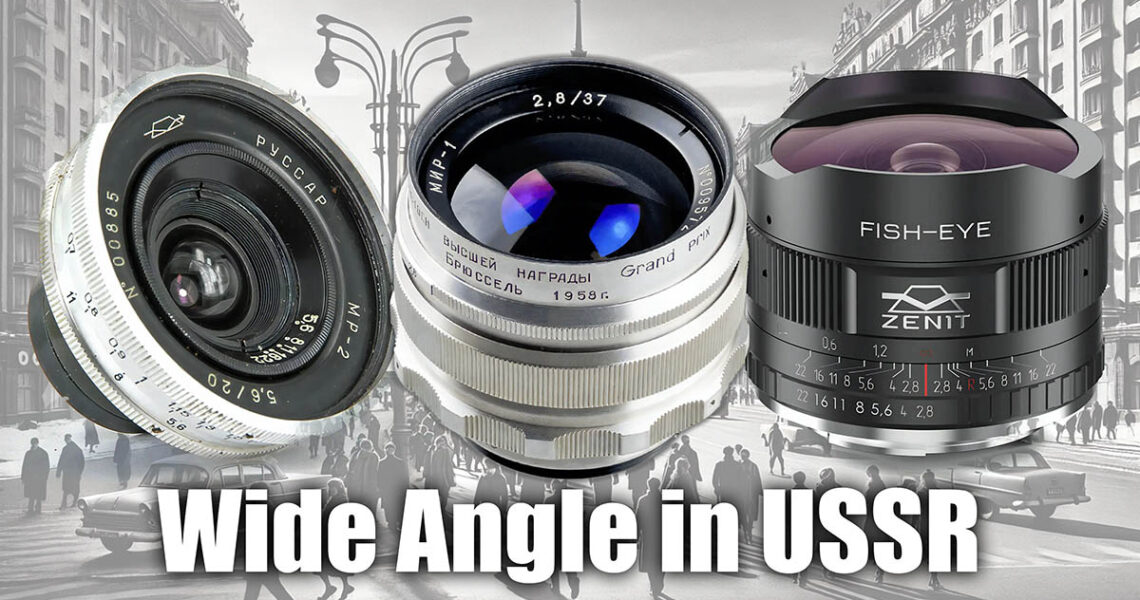
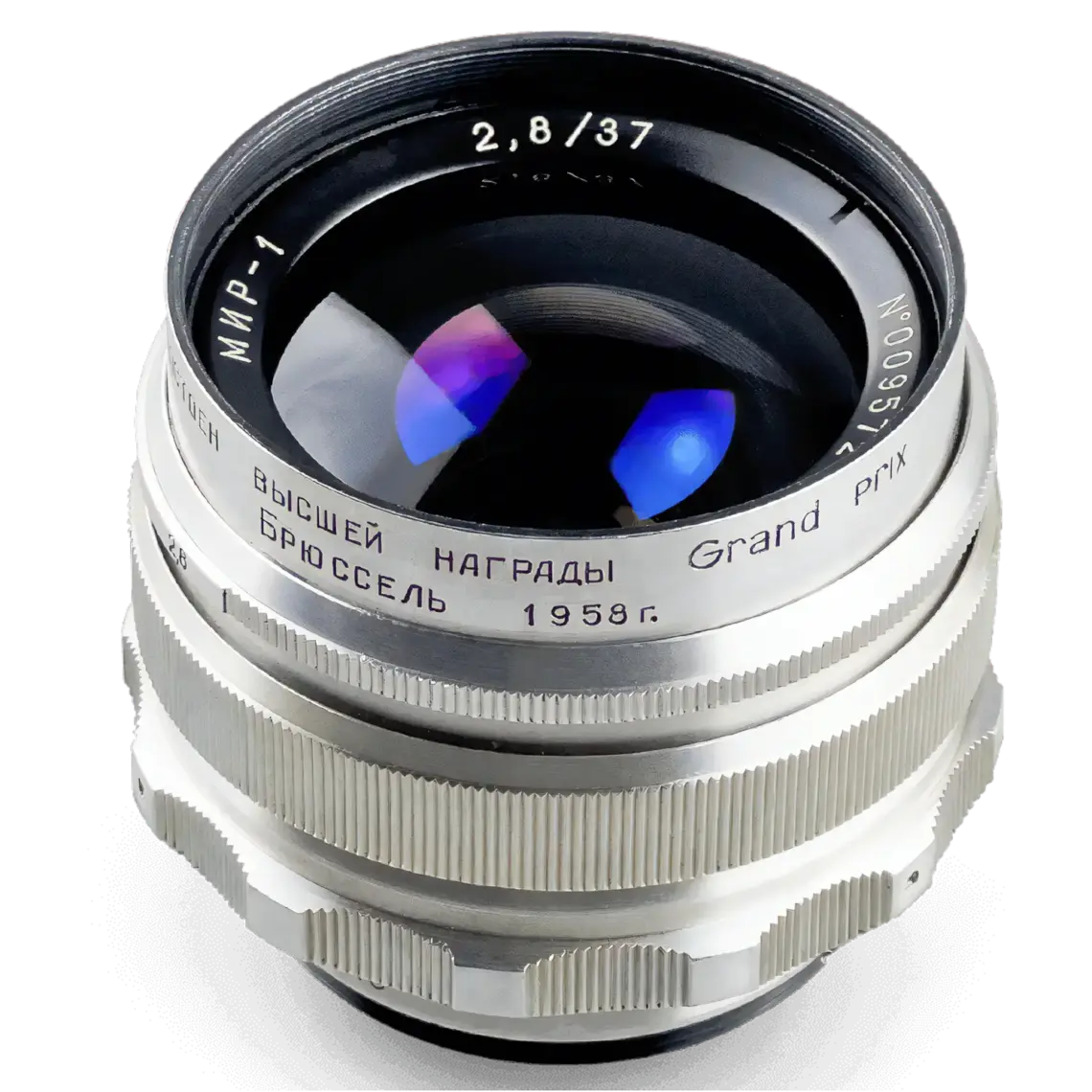


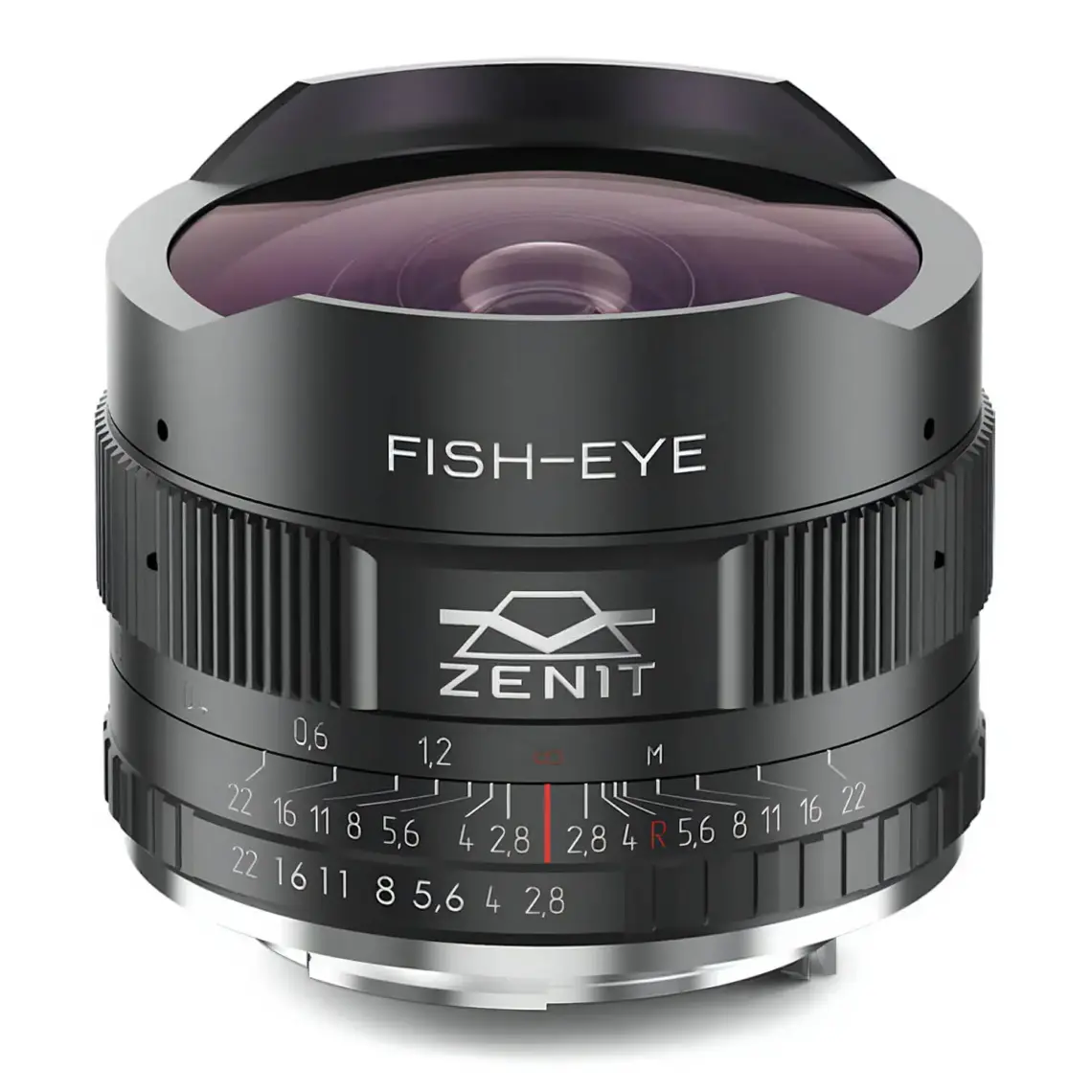





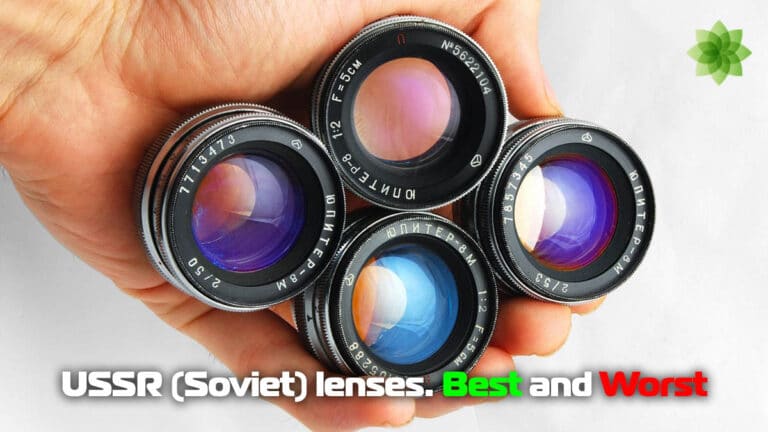
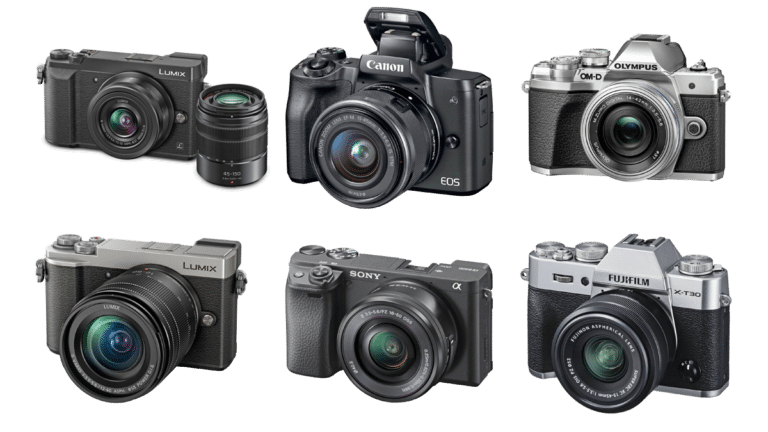
The article provides an overview of Soviet wide-angle lenses, highlighting their unique optical characteristics, historical significance, and practical use in modern photography. It discusses popular models like Mir-1, Zenitar, and Russar, emphasizing their affordability, durability, and artistic qualities. The article also addresses compatibility with modern cameras, the importance of using appropriate adapters, and the advantages and disadvantages compared to contemporary lenses.
Highlights:
📸 Unique Artistry: Soviet lenses offer a distinctive warm aesthetic in images.Popular Models: Notable lenses include Mir-1, Zenitar, and Russar.Durable Build: Designed for rugged use, these lenses are made from metal for longevity.Affordable: They are often cheaper than modern equivalents, especially on the second-hand market.Compatibility: Can be adapted for use with modern cameras, especially mirrorless models.Manual Operation: Most require manual focusing and aperture adjustments.Collectible Value: Many Soviet lenses are sought-after by collectors for their rarity.Key Insights -🔍Artistic Expression: Soviet lenses are cherished for their ability to produce soft bokeh and warm tones, making them popular among artistic photographers. This distinctive style is often sought after for projects requiring a nostalgic or vintage feel.
📷 Limited Production: Unlike the abundance of 50mm lenses, wide-angle options were produced in fewer quantities, making them rare finds. This limited availability increases their value and appeal among enthusiasts and collectors.
🎞️ Optical Characteristics: The optical designs of Soviet lenses were optimized for film cameras, which may lead to performance issues on high-resolution digital sensors. Understanding this can help photographers manage expectations regarding image quality.
🖼️ Adaptation Challenges: Using Soviet lenses on modern cameras often requires specific adapters, and these lenses lack electronic communication with the camera body, which can complicate shooting processes. Knowledge of these technicalities is crucial for effective use. 🔧Durability vs. Technology: While their robust construction ensures longevity, the absence of modern features like autofocus and optical stabilization can hinder performance in dynamic shooting environments. Photographers need to weigh these factors based on their shooting style. ⚖️Community and Resources: A vibrant community exists around Soviet optics, with numerous online forums and marketplaces dedicated to buying, selling, and discussing these lenses. Engaging with this community can enhance knowledge and resources for enthusiasts.
🌐 Legacy and Revival: The legacy of Soviet lenses continues as manufacturers attempt to revive classic designs, indicating a lasting interest in their unique qualities and historical significance in the photography world. 📜